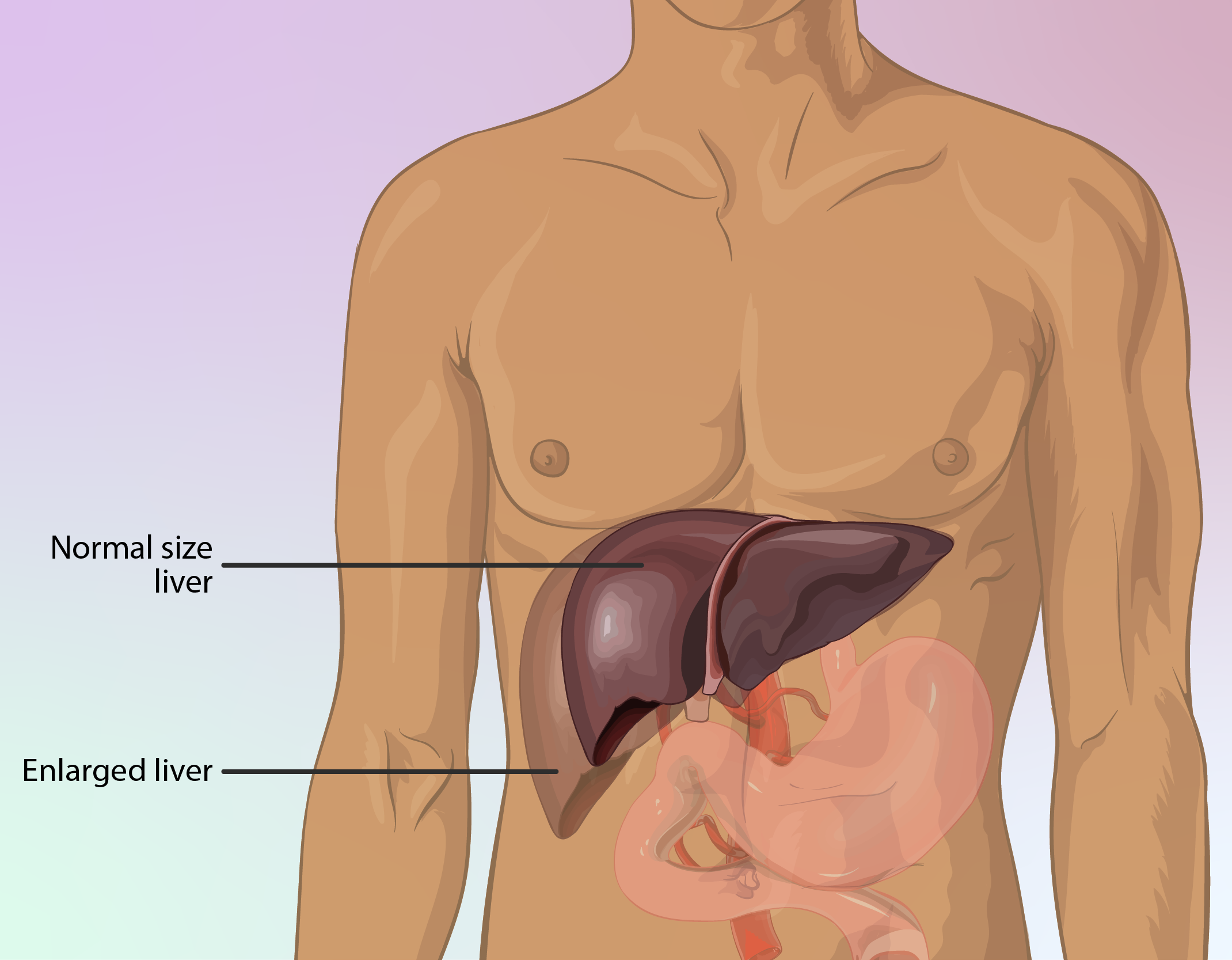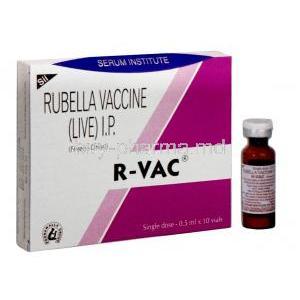Hepatect CP Injection
- Introduction to Hepatect CP Injection
- Composition of Hepatect CP Injection
- Uses of Hepatect CP Injection
- Off-Label Uses of Hepatect CP Injection
- How Hepatect CP Injection Works
- Dosage and Administration Guidelines
- Storage and Handling Precautions
- Side Effects of Hepatect CP Injection
- Drug Interactions
- Warnings and Contraindications
- Careful Administration Guidelines
- Important Precautions to Consider
- Administration to Elderly Patients
- Administration to Pregnant Women and Nursing Mothers
- Administration to Children
- Overdosage and Management
- Handling Precautions for Healthcare Providers
Introduction to Hepatect CP Injection
Overview of Hepatect CP Injection
The Hepatect CP Injection is an immunoglobulin product known for its effectiveness in fighting against the Hepatitis B virus (HBV). It is made from plasma to guarantee its purity and safety when used for purposes and is crafted to enhance the body's immune system functions, especially in at-risk groups.
Purpose and Key Therapeutic Applications
The use of the injection plays a role in preventing the recurrence of Hepatitis B after liver transplant surgery, and in treating acute HBV infections, surgery care is crucial in protecting patients from the consequences linked to HBV reactivation.
Approval Status and Global Use
Widely accepted by agencies globally for its effectiveness and safety record is Hepatect CP. Its use extends across continents, highlighting its role in addressing complications associated with HB V in a range of healthcare systems.
Composition of Hepatect CP Injection
Active Ingredients and Their Concentrations
The main active ingredient is hepatitis B immunoglobulin, containing a number of specific antibodies that target the HB virus effectively due to its precise formulation.

Inactive Components and Excipients
- Stabilizers to enhance shelf life
- Preservatives for maintaining sterility
- Buffers to maintain pH stability
Mechanism of Formulation
The design includes cutting-edge plasma cleansing methods to remove any impurities while maintaining the antibodies' effectiveness.
Uses of Hepatect CP Injection
Primary Indications
The injection is chiefly prescribed for:
- Preventing HBV recurrence post-liver transplantation.
- Acute HBV infection management in high-risk patients.
Secondary and Supplementary Uses
It also finds utility in:
- Providing immune support in immunocompromised patients.
- Preventing HBV transmission from mother to child during birth.

Off-Label Uses of Hepatect CP Injection
Unapproved but Practiced Applications
While not formally approved for use, Hepatect CP is occasionally employed in situations like providing postexposure prophylaxis against HBV in healthcare environments.
Emerging Research on Additional Therapeutic Benefits
How Hepatect CP Injection Works
Mechanism of Action in the Immune System
The antibodies found in Hepatect CP attach to HBG antigens to stop their actions and label them for removal by the body's defense cells.

Interaction with Hepatitis B Virus Antigens
This specific engagement disrupts the life cycle of the virus by decreasing the amount of virus slowing down the advancement of the disease.
Pharmacokinetics and Pharmacodynamics
Upon being administered, Hepatect CP shows the distribution in the body, and its extended half-life provides protection against HBV.
Dosage and Administration Guidelines
Recommended Dosages for Approved Uses
Patients are typically prescribed doses based on their weight and overall health status for optimal treatment outcomes in practice settings. For individuals who have undergone liver transplants in the past it is important to monitor their progress and make adjustments to ensure the effectiveness of the treatment plan.
Administration Techniques and Routes
The medication is given through a vein, with oversight to ensure safety and effectiveness, emphasizing the importance of using methods to prevent any potential issues from arising.
Timing and Frequency of Injections
Patients usually receive doses according to a schedule that can range from weekly to monthly based upon their clinical requirements.
Dose Adjustments for Specific Populations
Adjusting the dosage is essential when treating children and older adults or those with weakened systems to avoid giving too much or too little medication.
Storage and Handling Precautions
Ideal Storage Conditions
Remember to keep the product stored at temperatures ranging from 2°C to 8°C and prevent freezing to ensure the antibodies remain intact and effective.
Shelf Life and Reconstitution Guidelines
Once you have reconstituted the product, make sure to use it, as it is important to follow the expiration dates for safety and effectiveness.
Safe Handling to Prevent Contamination
Remember to take precautions when preparing and administering to prevent any contamination and ensure the safety of the patient.
Side Effects of Hepatect CP Injection
Detailed List of Possible Side Effects
- Fever and chills
- Injection site pain and swelling
- Nausea and dizziness
Categorization by Severity: Mild, Moderate, and Severe
Everyday reactions are usual and temporary, in nature while extreme reactions such, as anaphylaxis are infrequent yet require attention.
Rare but Serious Adverse Reactions
Symptoms Management and When to Seek Medical Help
You can use prescription pain relievers to ease any discomfort you may have, but it's important to see a doctor if your symptoms continue to get worse or don't improve.
Drug Interactions
Known Interactions with Other Medications
When using Hepatect CP Injection together with medications, it could change how they work or affect the effectiveness of the injection. It's important to note that interactions may occur with agents, leading to a decrease in the efficacy of the immunoglobulin. Moreover, if Hepatect CP is given at the same time as vaccines, there might be a lower effectiveness of the vaccines.
Impact of Drug Interactions on Efficacy and Safety
Interactions between drugs may impact the effectiveness of Hepatect CP. Raise the chances of effects occurring. For instance, using drugs at the time could worsen kidney function. Combining medications that do not work well together might also result in an effect on the body.
Recommendations for Avoiding Harmful Interactions
- Consult with healthcare providers about all current medications before initiating Hepatect CP.
- Maintain a gap of at least two weeks between immunoglobulin administration and live vaccine inoculation.
- Monitor closely when combined with other high-risk drugs.
Warnings and Contraindications
Situations Requiring Caution Before Use
Patients with existing kidney or liver issues should be cautious. Individuals who have shown hypersensitivity to immunoglobulin treatments in the past need to be watched.

Absolute Contraindications
Individuals with reactions to human immunoglobulin or any of its components, should avoid using Hepatect CP Injection as it may cause adverse effects in such cases.
Risk Factors That May Exacerbate Side Effects
Existing conditions such as diabetes, hypertension, or autoimmune diseases could amplify adverse reactions. Monitoring is essential for these patients to minimize risks.


Careful Administration Guidelines
Monitoring During and After Administration
Close observation during and post-administration is critical to detect any adverse reactions early. Monitoring should include vital signs and symptoms of hypersensitivity.
Adjustments for Patients with Underlying Health Conditions
- Reduce dose in patients with compromised renal function.
- Use slower infusion rates for those with a history of adverse reactions.
- Regular blood tests to evaluate immune response and overall safety.
Important Precautions to Consider
Pre-Administration Assessments
Before giving Hepatect CP, it's important to gather a history and allergy information from the patient first, and it's advisable to conduct baseline tests for liver and kidney function as well.

Recognizing Allergic Reactions
If you notice symptoms, like hives or facial swelling, and have trouble breathing (wheezing), it could be a sign of a reaction; it's crucial to stop whatever caused it away and seek medical help as soon as possible.
Reporting Side Effects Promptly
Patients should be encouraged to report unusual symptoms, such as persistent fever or severe fatigue, to their healthcare provider without delay.
Administration to Elderly Patients
Unique Considerations for Older Adults
Older patients might require customized doses due to their declining organ function levels. Increased vulnerability to side effects, like dizziness or reactions, at the injection site.
Risks of Side Effects in Elderly Populations
The possibility of a chance of blood clots or kidney issues emphasizes the importance of delivery and supervision in elderly individuals.
Adjusted Dosing and Monitoring Needs
- Start with the lowest effective dose.
- Conduct frequent renal and hepatic function tests.
- Monitor for prolonged side effects like lethargy or confusion.
Administration to Pregnant Women and Nursing Mothers
Safety Profile During Pregnancy
Hepatic CP is categorized as relatively safe for use during pregnancy when the benefits outweigh the potential risks. However, it should only be administered under close medical supervision.
Recommendations for Nursing Mothers
Before using any medication or treatment products containing immunoglobulin while breastfeeding their baby, infants should consult with their healthcare provider to ensure the safety and well-being of both the mother and child through monitoring.
Impact on Fetal and Infant Health
Studies suggest minimal risk to fetal development when used appropriately. For infants, passive immunity transfer may provide additional protection against HBV.

Administration to Children
Pediatric Safety and Efficacy
In childrens groups Hepatect CP is easily tolerated with chances of side effects; it plays a crucial role in stopping the spread of HB (hepatitis B) from mother to child.
Dosage Adjustments for Children of Varying Ages
- Neonates: Dosage based on body weight.
- Infants and toddlers: Adjustments for metabolic rates.
- Older children: Standard pediatric dosing protocols.
Guidelines for Neonatal Administration
Administer within 12 hours of birth for maximum efficacy in preventing HBV transmission. Close monitoring for adverse reactions is advised.
Overdosage and Management
Signs and Symptoms of Overdose
Symptoms of overdosage include severe headache, nausea, and significant fluid retention. In rare cases, an overdose may lead to acute kidney injury.
Emergency Management and Treatment Protocols
In case of an overdose, discontinue the injection immediately. Administer supportive care, including hydration therapy and symptomatic treatment.
Long-Term Effects of Overdose
Prolonged overdoses can cause immune suppression or exacerbate underlying conditions. Regular follow-ups are essential to address any delayed complications.
Handling Precautions for Healthcare Providers
Proper Handling Techniques During Administration
Healthcare professionals should always utilize the equipment. Follow strict sterile procedures when administering treatments to guarantee safety and successful outcomes.
Disposal of Unused or Expired Product
Please make sure to follow the biohazard waste regulations when disposing of vials that are not in use or have expired to avoid any environmental contamination or unintended misuse.
Infection Prevention and Safety Measures
- Wear appropriate personal protective equipment (PPE).
- Follow standardized protocols to avoid cross-contamination.
- Maintain thorough documentation of administered doses.
Hepatect CP Injection FAQ
What is the use of Hepatect CP injection?
Hepatect CP includes human hepatitis B immunoglobulin as the key component that helps shield you against hepatitis B. A liver inflammation triggered by the hepatitis B virus.
What is a CP injection used for?
It works well for fighting infections in the system (like pneumonia) system skin and soft tissues, bones and joints, heart, blood, and other body areas.
What is the IV injection for hepatitis?
Injecting hepatitis B globulin involves using immunoglobulin G (IgD} antibodies to block the progression of Hepatitis B infection with long-term use has been shown to lower the risk of hepatitis B virus (HBIG) reinfection in individuals who have undergone liver transplantation due to hepatitis B.
Where do you inject hep B immunoglobulin?
Preferably, injections into the muscle should be given in the arm deltoid muscle or the lateral thigh muscle area.







